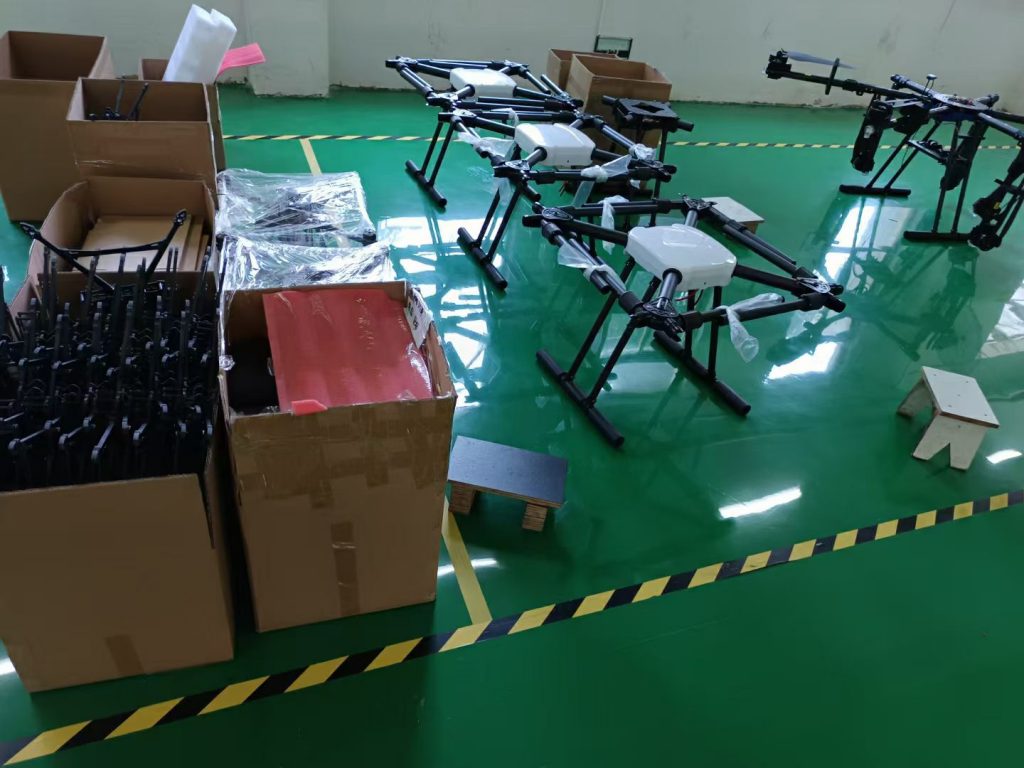
Wings Over Aruba: How Chinese Agri-Drones Are Nurturing a Tiny Island’s Farming Future
Aruba, a sun-kissed jewel of the Caribbean, is best known for its white-sand beaches and turquoise waters. But beyond the tourist trails lies a quieter story: a small island community grappling to preserve its agricultural roots. Just 20 miles long and home to 110,000 people, Aruba imports 90% of its food—a statistic that stings for locals like Carlos, a third-generation farmer tending a 5-acre plot of mangoes, yams, and pigeon peas in the rural Noord district. “Tourism feeds our economy, but farming feeds our soul,” he says, wiping sweat from his brow under the midday sun. “The problem? Our land is shrinking, our water is precious, and there aren’t enough hands to keep traditions alive.”
It’s in this sun-baked, resource-scarce corner of the world that an unexpected ally has taken flight: agricultural drones imported from China, quietly transforming how Aruba’s farmers work—and why they’re now singing their praises.
Aruba’s Fields: Small Plots, Big Struggles
Aruba’s agriculture is a study in resilience. The island’s rocky soil and arid climate—annual rainfall averages just 20 inches—are no match for its farmers’ ingenuity. They grow drought-resistant crops like dasheen (taro) and cactus pear, and tend citrus groves along the coast. But modern pressures loom large:
-
Water scarcity: Desalination plants supply most drinking water, leaving farmers reliant on limited well access. Spraying crops with hoses wastes precious liquid.
-
Labor gaps: Young Arubans often pursue tourism jobs, leaving fewer workers to weed, spray, or harvest. Carlos estimates he’s lost 30% of his seasonal help in five years.
-
Pests and disease: Invasive species like the pink hibiscus mealybug threaten native plants, and fungal outbreaks spread quickly in the humid air.
“Farming here is like walking a tightrope,” says Maria, who runs a family-run herb farm in Santa Cruz. “I can’t afford to lose a single crop to pests or waste water on over-spraying. But doing it by hand? It’s exhausting.”
Drones Built for the Tropics—and the Farmer’s Hands
When we first considered exporting to Aruba, we didn’t just send off-the-shelf drones. We studied the island: its small, scattered plots (most under 10 acres), the way farmers navigate rocky terrain on foot, and the urgency of conserving resources. What emerged was a design tailored not just to Aruba, but to its people.
Lightweight and agile: At just 10 kilograms, our drones glide over cactus fields and mango orchards without damaging crops or scaring livestock. Their compact size lets them dart between rock formations, reaching plots that tractors can’t. “In my grandfather’s day, he’d carry a backpack sprayer for hours,” Carlos says. “Now the drone does it in 20 minutes—and it doesn’t leave my shirt soaked.”
Precision that saves lives (and water): Multispectral cameras map crop health, pinpointing stressed plants before they show visible damage. For Maria’s herb farm, this meant switching from “spray everything” to targeted doses—slashing water use by 60% and cutting pesticide runoff into Aruba’s fragile coastal ecosystems. “The drone tells me exactly where the mealybugs are,” she explains. “I treat just those plants. The rest stay healthy, and the ocean stays clean.”
Easy to learn, hard to forget: Many Aruban farmers are tech-curious but wary of complicated tools. We designed a simple touchscreen interface with icons in Papiamento (Aruba’s creole language) and paired it with local training. “I thought drones were for engineers,” admits Luis, a retired fisherman now helping his son farm. “But after a morning with the agronomist? I flew one myself. It’s like using a smartphone—familiar, once you get the hang of it.”
More Than Machines: Building Roots in a Small Community
In Aruba, trust is earned over coffee and keshi yena (stuffed cheese). We didn’t just ship drones; we set up shop in a converted warehouse in Oranjestad, stocking spare parts and hosting weekend workshops under mango trees. “Farmers here talk,” says Pedro, a local agronomist who partners with us. “If one trusts it, ten will follow.”
That trust grew when we adapted to their needs. When Hurricane Irma damaged crops in 2017, we rushed replacement parts to farmers who’d just bought drones. When Maria struggled with wind affecting spray patterns, our team stayed late to tweak settings for Aruba’s steady trade winds. “You didn’t just sell us a tool,” Carlos says. “You stayed when we needed help. That’s family.”
Today, our drones dot Aruba’s countryside:
-
Mango Groves: Carlos now monitors tree health weekly, catching early signs of rot and reducing fruit waste by 25%. “Last season, I sold more export-quality mangoes than ever. The drone paid for itself in one harvest.”
-
Herb Farms: Maria’s organic certification became easier—drones let her track pesticide use down to the gram, meeting EU standards for “zero residue” herbs. “Buyers in Holland pay double now. It’s not just profit—it’s pride.”
-
Community Gardens: Even urban plots in San Nicolas use drones to tend small vegetable patches, helping Aruba chip away at its food import bill. “Grandma grows callaloo (a leafy green) again,” Luis grins. “My kids eat it—and they know where food comes from.”
A Future Where Tech and Tradition Take Flight
What started as a business deal has become a partnership. Aruban farmers teach us about their land: which crops (like sea grapes) need gentler spray settings, how to read wind patterns over the coast, even which Papiamento phrases make training stick (“¡Dale, dron!”—“Go, drone!”—is now a workshop mantra). In return, we’re refining our drones: larger tanks for bigger plots, louder alarms to scare off herons, even solar panels to extend flight time in the tropical sun.
As Aruba aims to cut food imports by 30% by 2030, drones offer more than efficiency—they offer hope. They let young farmers like Carlos’s son, who once dreamed of working in hotels, see a future tending land. They let elders like Maria pass down knowledge without burning out. And they let this tiny island prove that even in a world of mega-farms, small plots can thrive with the right tools.
So when you next see a drone hovering over Aruba’s red earth, know this: it’s not just flying. It’s carrying the hopes of a community, the lessons of a factory halfway across the world, and the quiet belief that tradition and innovation can grow—side by side, root by root.
After all, the best technology doesn’t replace the past. It helps it bear fruit.
THE END


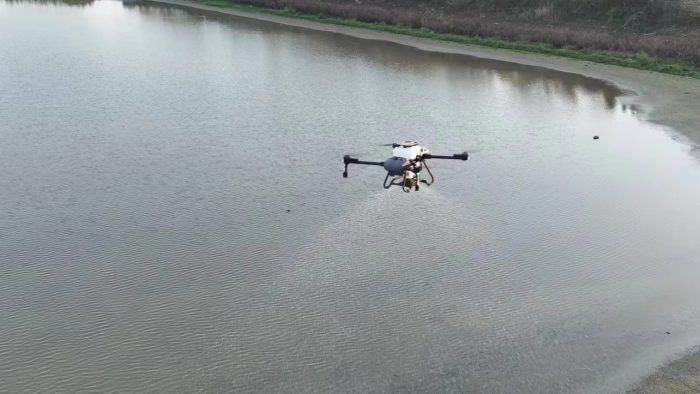

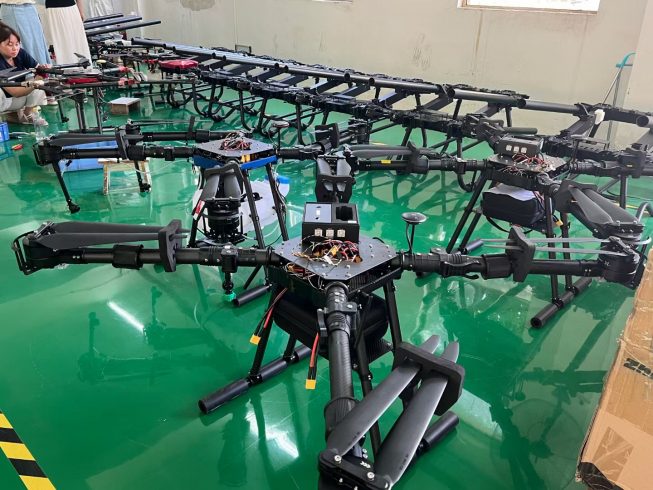

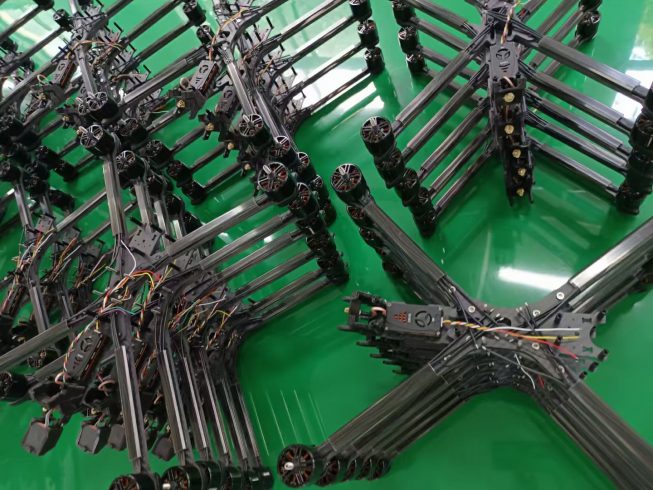
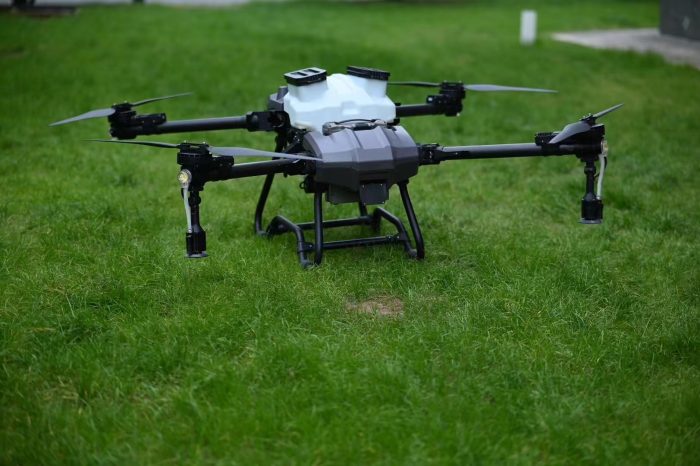

暂无评论内容